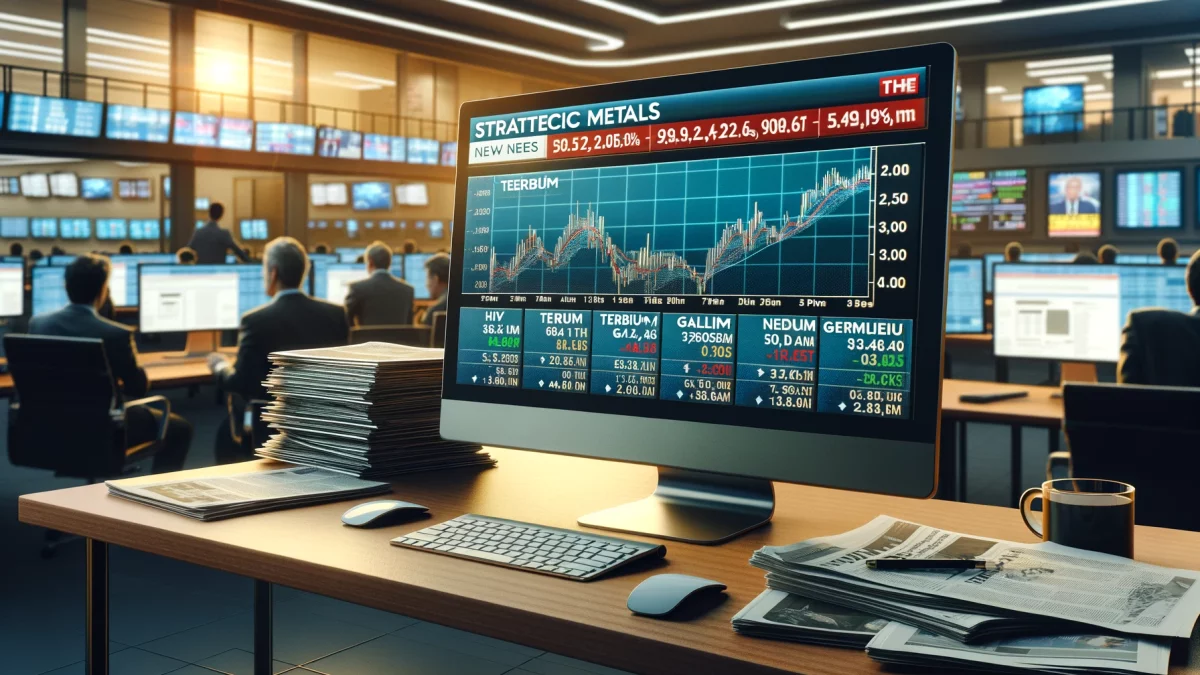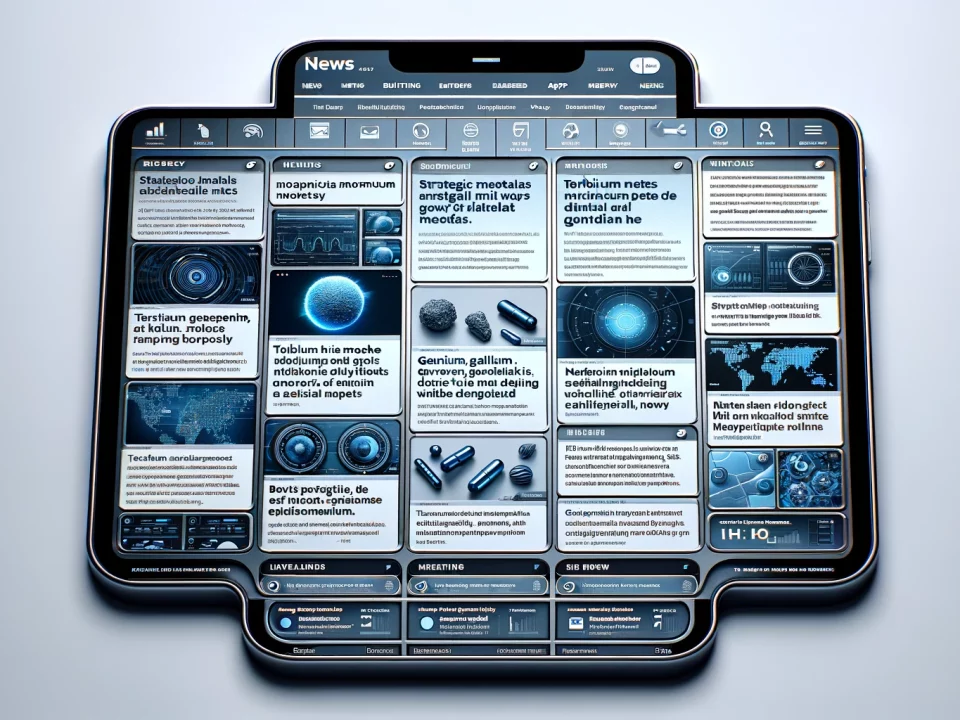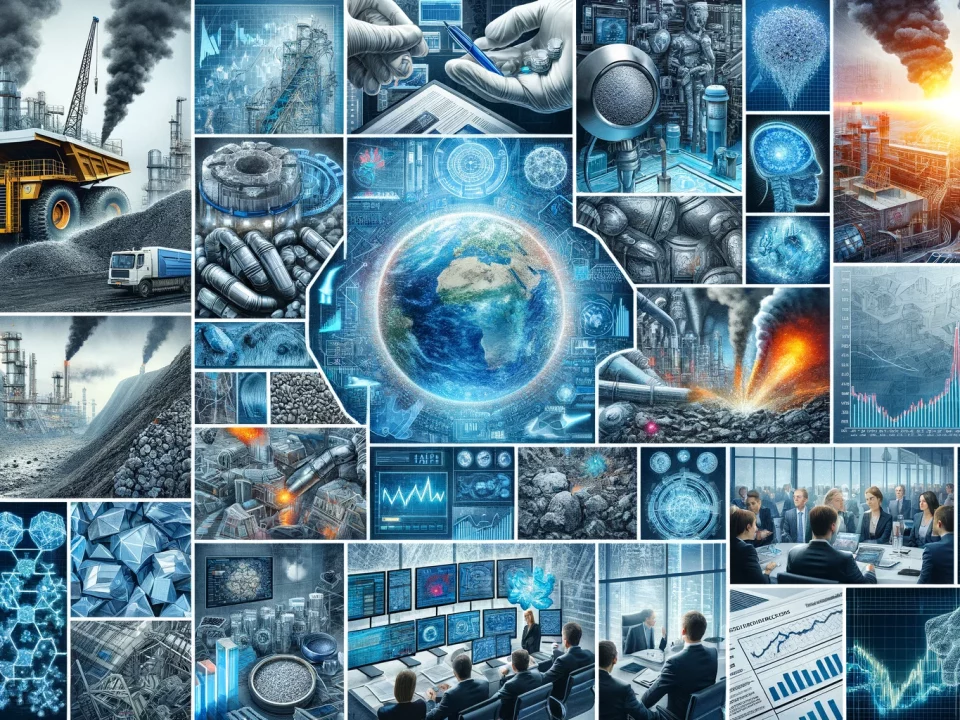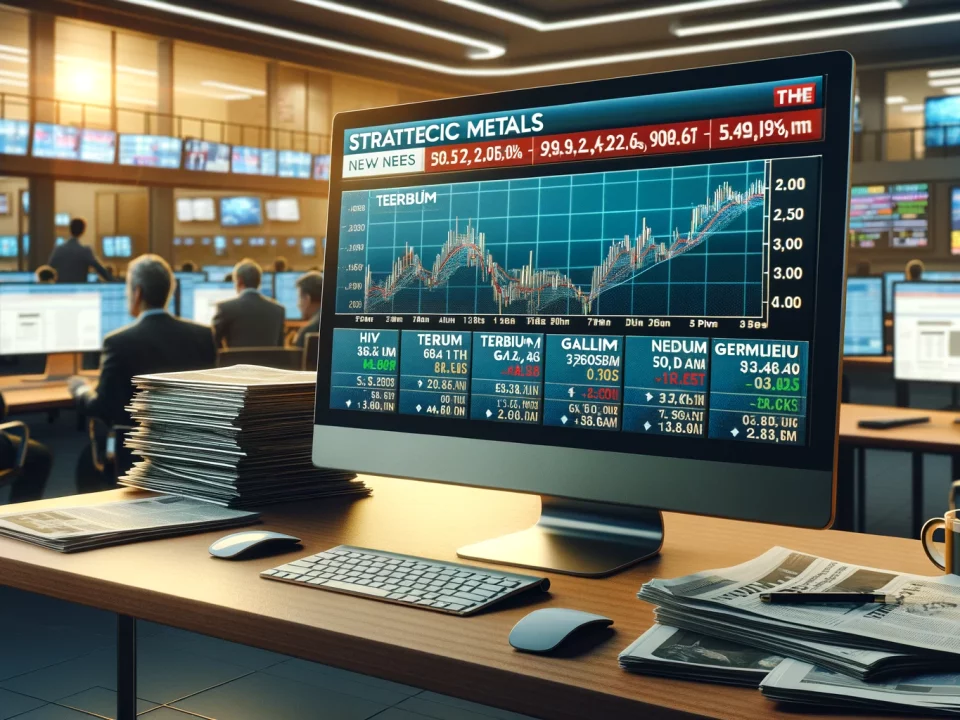
Weekly News Review July 1 – July 7 2024
July 7, 2024
Weekly News Review July 15 – July 21 2024
July 21, 2024Welcome to our weekly news review.
UNITED STATES: $1.7 BILLION AWARDED TO LEGACY AUTOMAKERS TO CONVERT TO ELECTRIC VEHICLE PRODUCTION.
Shuttered and at-risk facilities will be modernized and transformed.
The United States Government has announced it will grant carmakers $1.7 billion to convert closed or at-risk production and assembly facilities into electric vehicle and supply chain production facilities. In detail, eleven plants across eight states—Michigan, Ohio, Pennsylvania, Georgia, Illinois, Indiana, Maryland, and Virginia—will be transformed as part of President Joe Biden’s Investing in America agenda.
The list includes Stellantis, which will receive $334 million to reopen its shuttered final assembly plant in Belvidere, Illinois, which is expected to re-employ 1,450 jobs. Also among the 11 facilities is the company Blue Bird, which will receive $80 million to modernize and convert its facility in Georgia to scale up the production of electric school buses.
Secretary of Energy Jennifer M. Granholm highlighted that foreign competitors invest heavily in electric vehicles and underscored that the grants would help keep U.S. manufacturing competitive.
The topic of foreign competition has been at the forefront of political discourse over the last months. The U.S. and the European Union recently imposed import tariffs on Chinese-made EVs. On separate occasions, President Biden and EU Commission President Ursula von der Leyen spoke of Chinese goods “flooding” world markets through artificially low prices.
UNITED STATES SENATORS INTRODUCE BILL TARGETING CHINA’S DOMINANCE IN STRATEGIC METALS:
Diplomatic efforts, more investments, and the assessment of possible duties.
A bipartisan group of senators has introduced a bill to bolster the supply of critical minerals while addressing China’s dominance in the sector. The 44-page-long legislation tabled by the group led by Republican Marco Rubio and Democrat Mark Werner is the successor of a letter the two senators wrote to the Biden administration in November last year (we reported). Rubio and Werner then called for action to safeguard critical mineral supply chains. The now-introduced Global Strategy for Securing Critical Minerals Act of 2024 sets out an increased focus on diplomacy to secure supply from abroad and support U.S. companies investing in foreign projects.
The bill also establishes a fund to assist public sector investments in critical mineral projects and train a specialized workforce. It also assesses the imposition of import duties on electromagnets, battery cells, electric storage batteries, and photovoltaic cells imported from China and “certain” other countries.
These countries exclude allies, countries with a free trade agreement, India, and major non-NATO allies. In May, U.S. President Joe Biden imposed import tariffs on Chinese imports, including on the items listed in the new bill. The assessment likely aims to close loopholes when Chinese products are shipped through a third country.
Senator Warner emphasized that the bill would serve as a “roadmap for the U.S. to counter China’s dominance in the sector.”
CHINA: EXPORT OF RARE EARTHS NORMALISING –
According to figures from the customs authority, rare earth exports from China fell by almost four percent in June compared to the same period last year. Exports in June 2023 had reached a three-year high of 5,009 tons. This record was, in turn, surpassed in May of this year with an export volume of 6,217 tons, which experts attributed to the fact that foreign customers increased their stocks on a large scale.
China’s foreign trade currently needs to be revised. Last month, exports developed significantly better than analysts had expected, reports Reuters. Imports declined due to the need for domestic demand. This is likely to pressure the government to take further measures to support the economy, which is still recovering from the aftermath of the coronavirus pandemic.
The demand for rare earths ultimately also depends on the economic recovery. The downturn in the Chinese construction sector has hurt demand for air conditioning systems and other devices that use rare earths in compressors and motors, the Australian mining company Lynas explained when presenting its quarterly figures in January.
GERMANY: RESEARCHERS EXTRACT METALS WITH THE HELP OF MICROORGANISMS.
The German project team is on the way to emission-free copper, indium, and zinc mining.
A research team from the TU Bergakademie Freiberg in Germany is developing new processes to extract copper, indium, and zinc without conventional mining – with the help of microorganisms. The concept, called bioleaching, is not entirely new, but the team employs a combination of two processes to create a novel one. In a low pH environment, the researchers let microorganisms dissolve the metals from insoluble sulfides. Afterward, a newly designed membrane filters the raw materials from the process water. According to the researchers, the technique results in low emission outputs and requires less energy inputs than traditional mining and pyrometallurgy processes.
The project is part of the “XTRACT” research project, which aims to find emission-free mining, conserve resources, and develop technologies to support the European Union’s climate targets. XTRACT is part of the EU-wide scientific research initiative Horizon Europe, the union’s central funding program for science and innovation with a budget of €95.5 billion.
The team will test the method with XTRACT partners in multiple other mines in Europe. The press statement left open whether and when the method could be ready for broader usage.
Bioleaching – A Concept Seeking to Revolutionize Mining and Recycling:
TU Bergakademie Freiberg has been studying bioleaching in multiple projects over the last few years. One project involves filtering wastewater from mines while leaving behind valuable raw materials—facilitated by microorganisms. Another employs bacteria to find environmentally friendly and cost-effective methods to extract the technology metal indium.
However, the German university is not alone in studying the effectiveness of bioleaching in mining. Scientists from the University of Nottingham and the Technical University of Denmark, for example, are working on a similar project, using bacteria’s binding abilities to recover critical raw materials from electric waste and other secondary sources.
SWITZERLAND: NEW APPROACH TO RARE EARTH RECYCLING –
A research team at ETH Zurich develops a process for extracting europium from old fluorescent light bulbs.
Rare earths are an essential component of numerous green and digital technologies. The demand for these critical raw materials is growing, while their production is highly concentrated geographically. Recycling, therefore, plays a vital role in the efforts of many countries to achieve greater raw material autonomy; the EU, for example, is aiming for a 25 percent share in its Critical Raw Materials Act – but so far, less than one percent of rare earths are being recycled due to a lack of economic viability. A research team from ETH Zurich in Switzerland wants to change this: Using a new process, the rare earth element europium can be extracted quickly and efficiently from old fluorescent lamps.
According to the scientists, their development was inspired by nature, or more precisely, by specific molecules known as tetrathiometallates, which serve as a binding site for metals in enzymes. With their help, europium could be separated from other rare earths in significantly fewer steps and in quantities at least 50 times higher than previous methods.
Marie Perrin, the doctoral student involved in the project, explains that the new process could also reduce dependence on raw material imports and the high volume of electronic waste. In the past, fluorescent lamps were a central field of application for europium, but they are now gradually being withdrawn from circulation and often sent abroad from Switzerland for disposal. Instead, the lamps could become urban mines for europium, says Perrin.
The research team is now working on extending the approach to other rare earths. They also want to put their recycling method into practice with a start-up.
MINE TO MAGNET IN THE AMERICAS:
Vacuumschmelze and Aclara want to establish a value chain for rare earth magnets.
Chilean mining company Aclara Resources and German magnet manufacturer Vacuumschmelze (VAC) want to join forces. On Tuesday, the two companies announced a strategic partnership (PDF) to establish a value chain for permanent magnets made from rare earths.
Aclara is currently developing mining projects in Chile and Brazil to extract the raw materials from so-called ion adsorption clays, a type of deposit that has been exploited almost exclusively in Myanmar and China. These clays are essential sources of heavy rare earths such as dysprosium and terbium. Both elements increase the performance of magnets and are, therefore, almost indispensable for many applications, such as electromobility.
The raw materials extracted and pre-processed in South America could then be processed into magnetic alloys in the United States, where Aclara is developing the necessary processing technology. This is where VAC would come into play; the company is considered the most critical magnet manufacturer outside of Asia. The headquarters in Hanau, Germany, will be augmented by a magnet factory in the United States in 2025. The first customers of the plant in South Carolina include car manufacturer General Motors. The automotive company will source magnets from VAC’s electric vehicle supply chain.
The facility would be predestined as a stopover for Aclara’s products for logistical reasons. Thus, a complete value chain for permanent magnets on the American double continent would be within reach.






